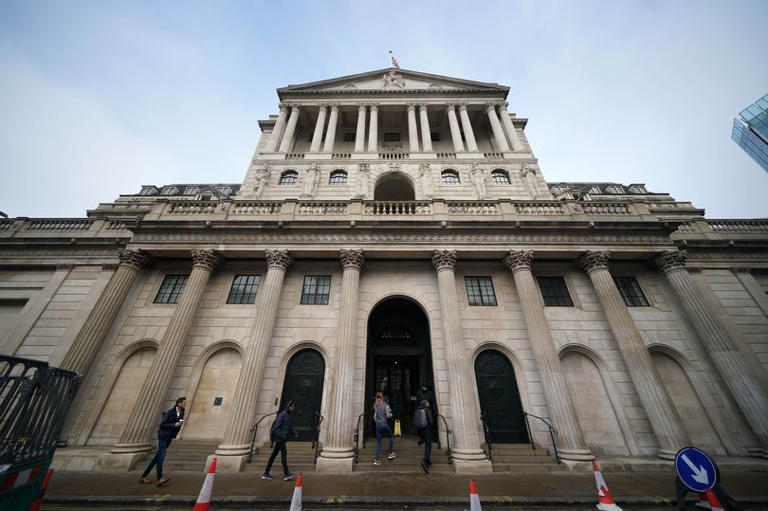Understanding the Current UK Inflation Outlook
Explore the latest insights into the UK inflation outlook, as experts assess the impact of economic shocks and policy measures on inflation dynamics.

Inflation is a term that often makes headlines, but what does it really mean for everyday people? Let’s break it down in simple terms and take a closer look at the current inflation outlook in the UK.
First things first, what exactly is inflation? Inflation refers to the rate at which prices for goods and services rise over time. When inflation is high, the purchasing power of money decreases, meaning that you might need more money to buy the same things you used to.
Now, let’s talk about the UK’s inflation outlook. According to experts, the UK is facing some unique challenges when it comes to inflation, especially when compared to other regions like the US and Europe.
One key factor contributing to the UK’s inflation outlook is the series of economic shocks it has experienced in recent years. The combination of Brexit and the COVID-19 pandemic has created what some experts call a “double whammy” effect on the UK economy.
Megan Greene, a member of the Bank of England’s Monetary Policy Committee, has pointed out that the UK has been hit hard by both Brexit-related disruptions and the fallout from the pandemic. These shocks have weakened the UK’s supply side, making it more difficult for businesses to produce goods and services.
In addition to supply-side challenges, the UK also faces a tight labor market, similar to what we see in the United States. When there are fewer people available to work, wages tend to rise, which can put upward pressure on prices.
However, despite these supply-side pressures, the UK’s overall demand for goods and services has been weaker compared to the US. This has somewhat balanced out the inflationary pressures stemming from supply-side disruptions.
So, where does this leave us in terms of monetary policy? Currently, interest rates in the UK are considered “restrictive,” meaning that they are relatively high compared to historical levels. The Bank of England has taken a cautious approach to policy adjustments, with Greene noting that she is not yet ready to advocate for interest rate cuts.
One of the key challenges policymakers face is addressing inflation persistence. Inflation persistence refers to the tendency for high inflation rates to persist over time, even after the initial shocks that caused them have subsided.
In the UK, inflation persistence is particularly evident in wages and services prices, which have remained elevated compared to international comparisons. This suggests that inflationary pressures may linger longer than initially anticipated, requiring continued vigilance from policymakers.
Despite these challenges, there are some signs of hope on the horizon. Recent data suggests that inflation persistence may be starting to ease, which is encouraging news for policymakers and consumers alike.
Looking ahead, Greene believes that maintaining a restrictive policy stance will be necessary to bring inflation back to target levels in the medium term. However, she emphasizes the need for further evidence that inflation persistence is diminishing before considering any loosening of policy.
Understanding the complexities of inflation and its impact on the economy is essential for making informed decisions about monetary policy and financial planning. By staying informed and aware of the latest developments, individuals and policymakers alike can navigate the ever-changing landscape of the UK economy with confidence.